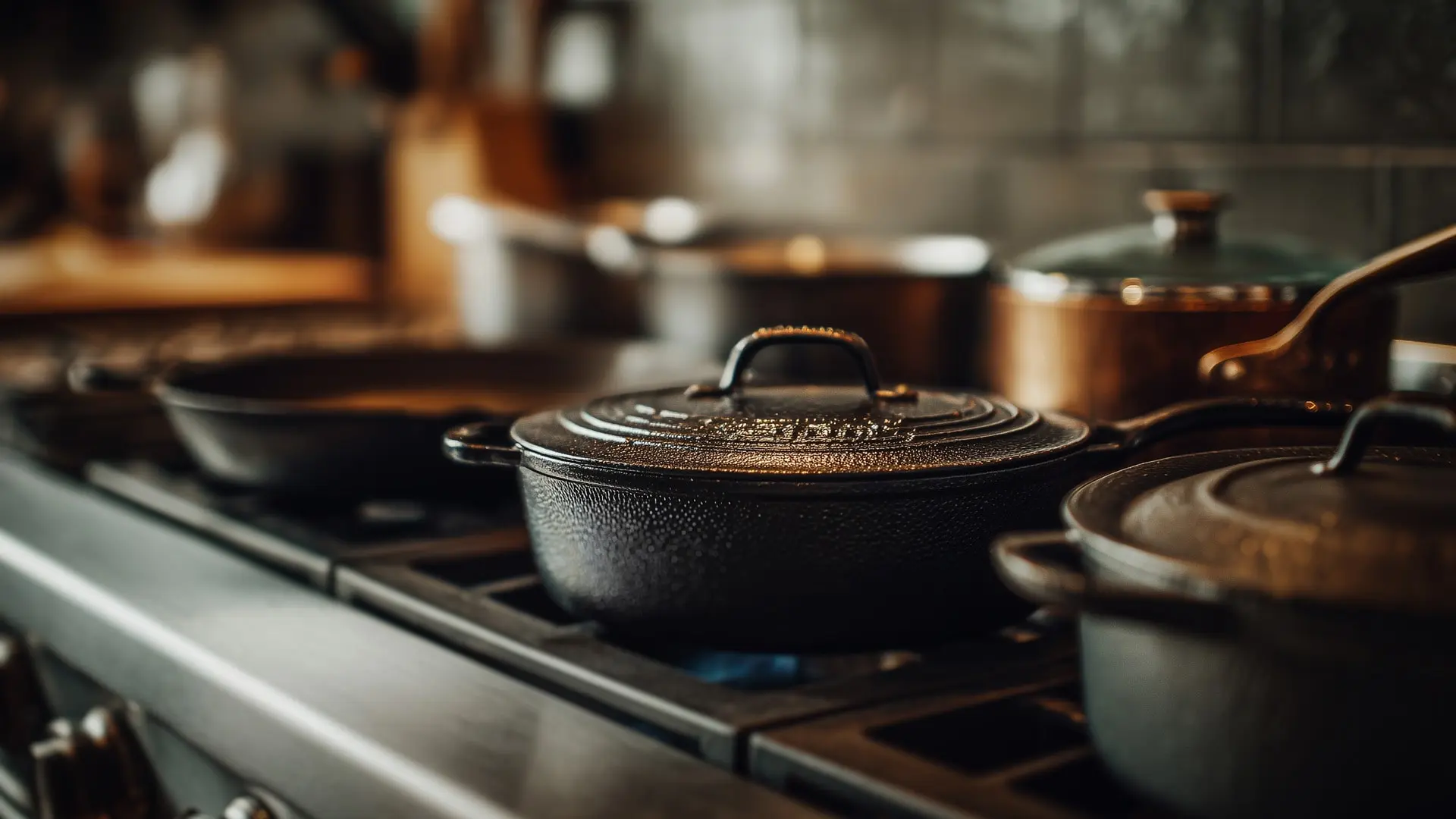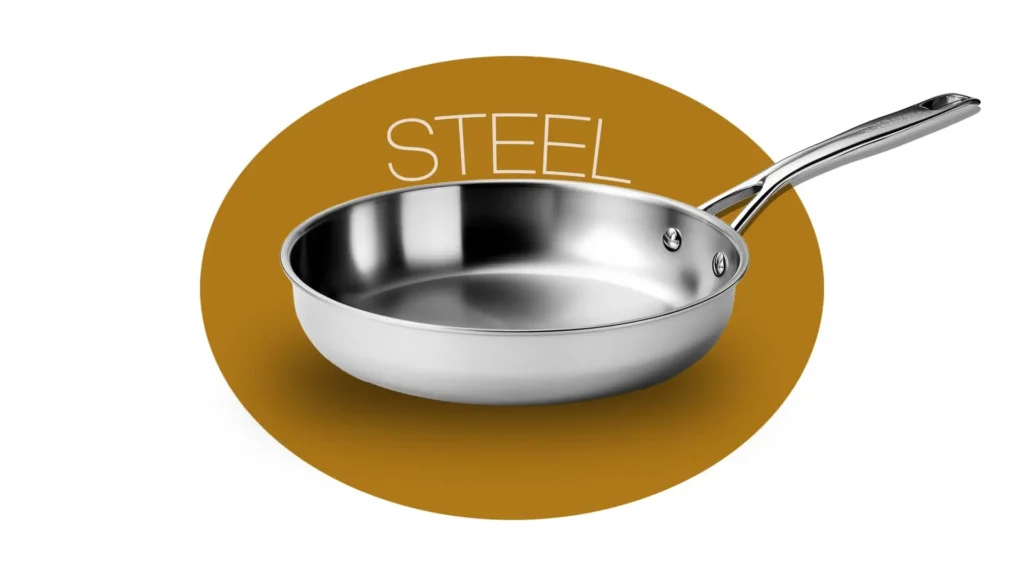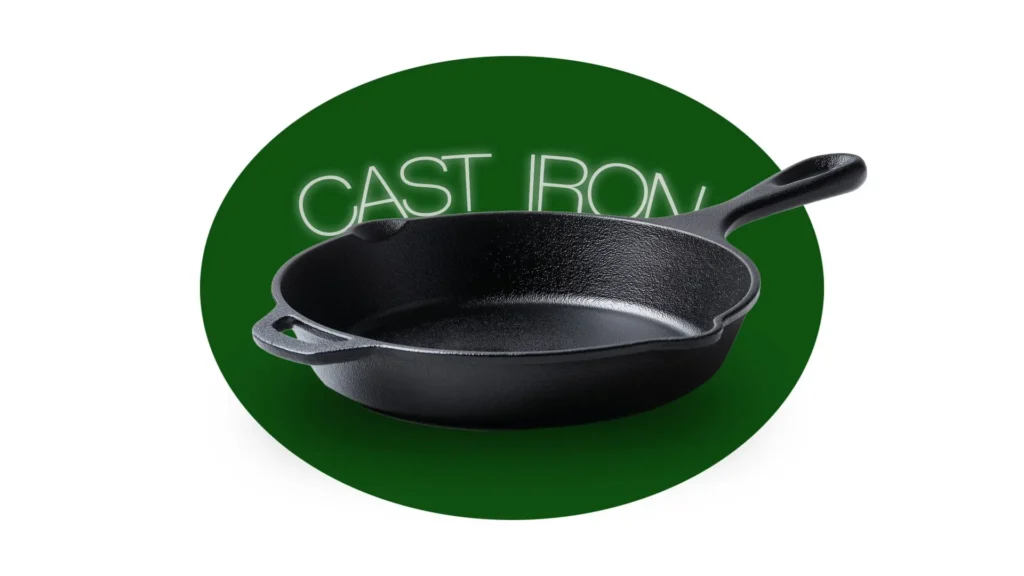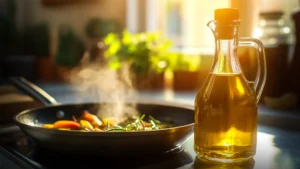

Is Your Cookware Damaging Your Health?
We all know how crucial it is to eat healthy food.
But what about the pots and pans you use to cook that food? Could they be affecting your health just as much?
So the question is, what is the safest, healthiest cookware?
Before we discuss the cookware you should be using, let’s take a closer look at the hazards surrounding the cookware most people use today.
Convenient! …but is it Safe?
Teflon cookware can be found in millions of kitchens around the world.
And it’s understandable why. Nothing sticks, almost no effort to clean, and you can buy it everywhere. But beneath the surface is something much more concerning than you think.

- Toxic Fumes: Overheating Teflon can release harmful fumes linked to “Teflon flu” (polymer fume fever), causing flu-like symptoms in humans and, sadly, fatal effects in birds.
- Exposure to PFAS: Also known as “forever chemicals,” they are man-made chemicals that are extremely difficult to break down in the environment and the human body. If that doesn’t bother you enough, you should also know they can lead to hormone disruption, thyroid issues, and even cancer.
- Breakdown Over Time: With regular use, the non-stick layer degrades, which causes these toxic particles to leach into your food.
With most “health hazards,” it usually takes a while to notice severe damage. However, according to the Environmental Working Group, even low levels of exposure to these chemicals can have serious consequences on immune health and fertility.
A Major Step Up …but is it the Best?
If you’ve done your research on Teflon, you’ve most likely switched to stainless steel right away.
And that’s a great first move.
Unlike non-stick, stainless steel doesn’t contain synthetic coatings, and it handles high heat without releasing toxic vapors. It’s dishwasher-safe, durable, and versatile.

But it’s not perfect. Here’s why:
- Food sticks easily, especially proteins, unless you apply oil or water. This causes part of the food to burn, eliminating its nutritional value.
- Cheaper grades may leach nickel or chromium. For most people, this isn’t a serious concern. Nevertheless, if you have a nickel allergy, you may experience skin issues such as eczema or dermatitis.
So while it is a step up from Teflon, it’s still not the greatest option.
The Cookware That Exceeds All
There’s one type of cookware that not only avoids harming your health, but it can actually enhance it, especially if you’re among the many people with low iron levels.
We’re talking about cast iron.

It Enriches Your Food Naturally
Cooking with cast iron can actually increase your dietary iron intake, especially when preparing acidic foods like tomatoes or vinegar-based sauces.
A study by the American Dietetic Association noticed that cast‑iron cookware can increase iron content by over 8x, compared to other cookware. This can vary greatly depending on the food you’re cooking, how long you’re cooking, and other factors.
As you may know, Iron deficiency is very common, affecting at least 1.2 billion people worldwide. So for vegetarians, menstruating women, or anyone with borderline anaemia, cast iron is a major plus.
No Coatings, No Toxins
Unlike non-stick pans that are based on synthetic chemicals, cast iron is simply iron, a completely natural element. When seasoned properly, it gets a smooth surface that can act just like a non-stick pan without loading it up with toxins.
Dr Margaret Sears from the Ottawa Hospital Research Institute says:
“Avoiding non-stick and opting for alternatives like cast iron is one of the simplest ways to reduce long-term chemical exposure in the home.”
Incredible Performance for Centuries
Aside from its health benefits, cast iron beats other cookware in so many other factors.
- Superior heat retention. This means your food will stay hot for a long time after it leaves the stove. This is excellent for serving dishes right from the pan. Plus, it can handle extremely high temperatures.
- It’s oven-, grill-, and campfire-safe, making it incredibly versatile.
And perhaps the most impressive point. It lasts for generations. You can cook on the same skillet your grandmother used, and then pass it down. Some cast iron brands have a 100-year guarantee. And they’re not joking
But Isn't Cast Iron Hard to Maintain?
Here are some common myths you’ve probably heard about cast iron, and the truth.
- “It’s hard to clean.”
Not true. Once seasoned, cast iron can often be wiped clean with just hot water and a brush. - “It rusts too easily.”
If you dry it properly and rub it lightly with oil after each use, rust is rare. And even if it does appear? It’s reversible. - “You can’t cook acidic foods.”
If your pan is well-seasoned, there shouldn’t be any issue.
And while it might be complicated to use cast iron at first, once you learn to utilize it, everything becomes easier.
Conclusion
If you’re looking to maximize your health, every choice matters, including your cookware.
Stay away from Teflon, as it exposes you to highly toxic chemicals. And while stainless steel is a decent alternative, there’s something even better.
If you want to reduce toxins as much as possible and want to boost your iron intake naturally, switch to cast iron. It’s affordable, it lasts forever, and you can use it anywhere you want.
Sources
- Camp, S. (2023, July 30). Teflon flu: Symptoms, causes, treatment, and prevention. Verywell Health.
- PFAS Free. (n.d.). Non-stick cookware: A sticky situation. PFASFree.org.uk.
- Chefadora. (2023, May 25). Scratched non-stick cookware could be releasing harmful PFAS chemicals. Chefadora.
- Organize for Living. (n.d.). Does cast iron put iron in food? OrganizeForLiving.com.
- Nontoxic Dad. (n.d.). The hidden truth about stainless steel cookware. Nontoxic Dad.
- Boateng, J., Harrington, D., Friesen, J., & Andrews, M. (2024). Cast-iron cookware and dietary iron content: A systematic review and meta-analysis. Journal of Nutrition Education and Behavior.

